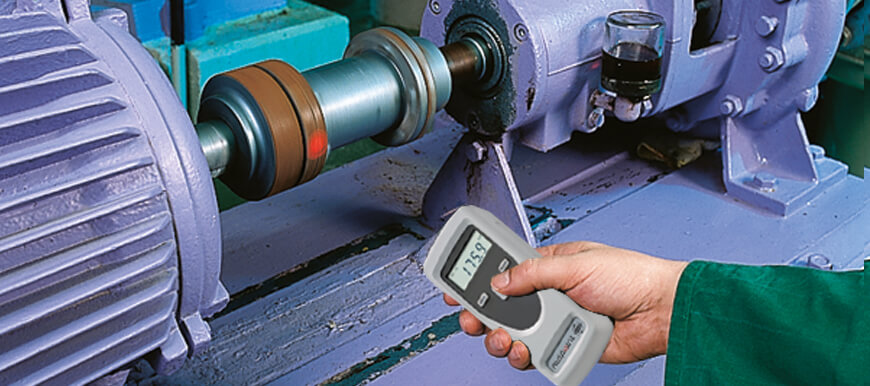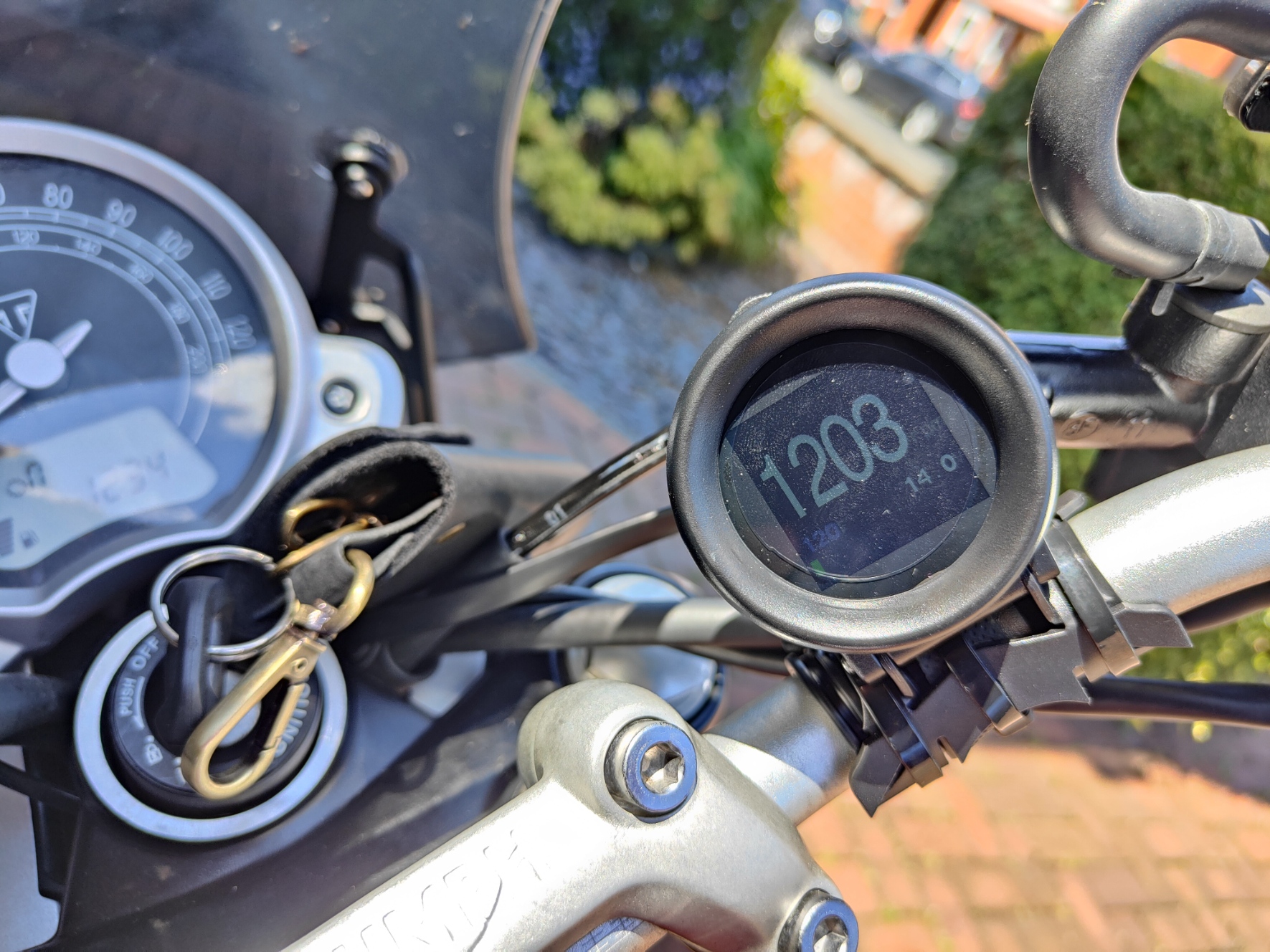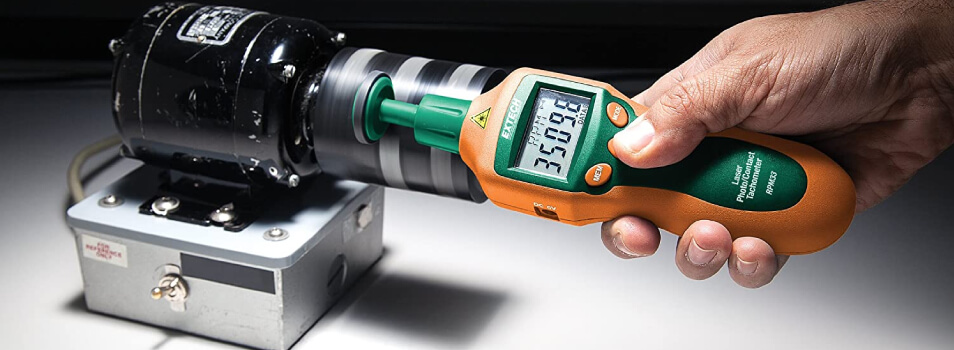The fascinating world of speed measurement has seen tremendous advancements over time. One device, in particular, that has carved a niche for itself in both industrial and everyday applications, is the mechanical tachometer. So, what is a mechanical tachometer? In its simplest terms, it’s an instrument that measures the rotational speed of a shaft or a disk, as in a motor or other machine. A tachometer typically displays the revolutions per minute (RPM) on a calibrated analog dial.
For industry QA professionals, understanding and utilizing tachometers properly is essential. In this article, we delve deep into mechanical tachometers, exploring their workings, various types, significant benefits, and the immense impact they have on current technology.

Introduction to Mechanical Tachometers
Definition of a Mechanical Tachometer
A mechanical tachometer is a device that measures and displays the rotational speed of a mechanical component. Unlike electronic tachometers, which rely on electronic signals to measure speed, mechanical tachometers use physical components, such as gears and springs, to produce a reading.
Historical Background
The concept of measuring rotational speed isnt new. The first mechanical tachometers were developed in the early 19th century during the Industrial Revolution. These devices were critical in ensuring machines operated within their optimal speed ranges, preventing over-speeding and potential mechanical failures.
How Mechanical Tachometers Work
Basic Working Principle
A mechanical tachometer operates on the principle of centrifugal force. When a machines shaft rotates, it causes a set of weights inside the tachometer to move outward due to centrifugal force. This movement is transferred to a pointer on a dial, indicating the rotational speed.
Major Components
- Housing: Protects internal components
- Input Shaft: Connects to the rotating machine part
- Centrifugal Weight Assembly: Moves and indicates speed
- Dial and Pointer: Displays RPM
Types of Mechanical Tachometers
Analog Dial Tachometers
Traditional tachometers featuring a needle that moves over a dial. These are commonly used in vehicles and industrial machinery.
Centrifugal Tachometers
Operate on the principle of centrifugal force and are highly accurate for mechanical applications.
Contact and Non-contact Tachometers
Devices that either require direct contact with the rotating element or measure speed without contact using laser or optical sensors.
Applications of Mechanical Tachometers
Industrial Machinery
Used to monitor the performance and speed of motors and engines in various industrial settings.
Automotive Industry
Essential for measuring vehicle engine RPM, enabling smoother and more efficient performance.
Quality Assurance
Critical in maintaining the speed consistency of machinery, helping QA professionals ensure optimal performance.
Benefits of Using Mechanical Tachometers
Mechanical tachometers offer several advantages:
- Simplicity: Easy to use and maintain
- Reliability: Proven technology with long lifespan
- Accuracy: High-precision measurement
- Cost-Effective: Affordable compared to electronic counterparts
Challenges and Limitations
Despite their benefits, mechanical tachometers do face some challenges:
- Prone to wear and tear
- Less suitable for high-speed applications
- Limited data output compared to digital tachometers
Maintaining Mechanical Tachometers
Regular Inspection
Periodically check for wear and damage to ensure accurate measurements.
Calibration
Regular calibration is necessary to maintain the accuracy of readings.
Lubrication
Lubricate moving parts to prevent friction and wear.
Modern Innovations
Integration with Digital Systems
Modern mechanical tachometers can now interface with digital systems for real-time data logging and analysis. This integration helps bridge the gap between traditional mechanical systems and modern digital analysis tools.
High-Precision Mechanical Tachometers
Advancements in materials and manufacturing have led to the development of high-precision mechanical tachometers, which offer improved accuracy and durability.
Future Trends
Smart Tachometers
With the advent of IoT, the future could see tachometers becoming smarter, interfacing directly with IoT networks for advanced data analytics and machine learning applications.
Eco-Friendly Designs
Future designs may involve more eco-friendly materials and energy-efficient manufacturing processes.
Conclusion
The historical significance and modern-day relevance of the mechanical tachometer cannot be understated. For industry QA professionals, a solid understanding of these devices is essential for ensuring the optimal performance of machinery.
As technology continues to advance, mechanical tachometers will likely evolve, incorporating new features and functionalities that align with modern industrial requirements. Ultimately, whether you’re maintaining industrial machinery or ensuring quality control in a manufacturing setting, mechanical tachometers will continue to play a crucial role.
Useful Resources

FAQ
What is a mechanical tachometer?
A mechanical tachometer is a device used to measure the rotational speed of an object, typically in RPM, using physical components.
How does a mechanical tachometer work?
It operates on the principle of centrifugal force, where a rotating shaft causes weights to move, translating into a speed reading on a dial.
Where are mechanical tachometers used?
They are commonly used in industrial machinery, the automotive industry, and for quality assurance purposes.
For further reading on tachometers, you may visit ScienceDirect topic on tachometers.
